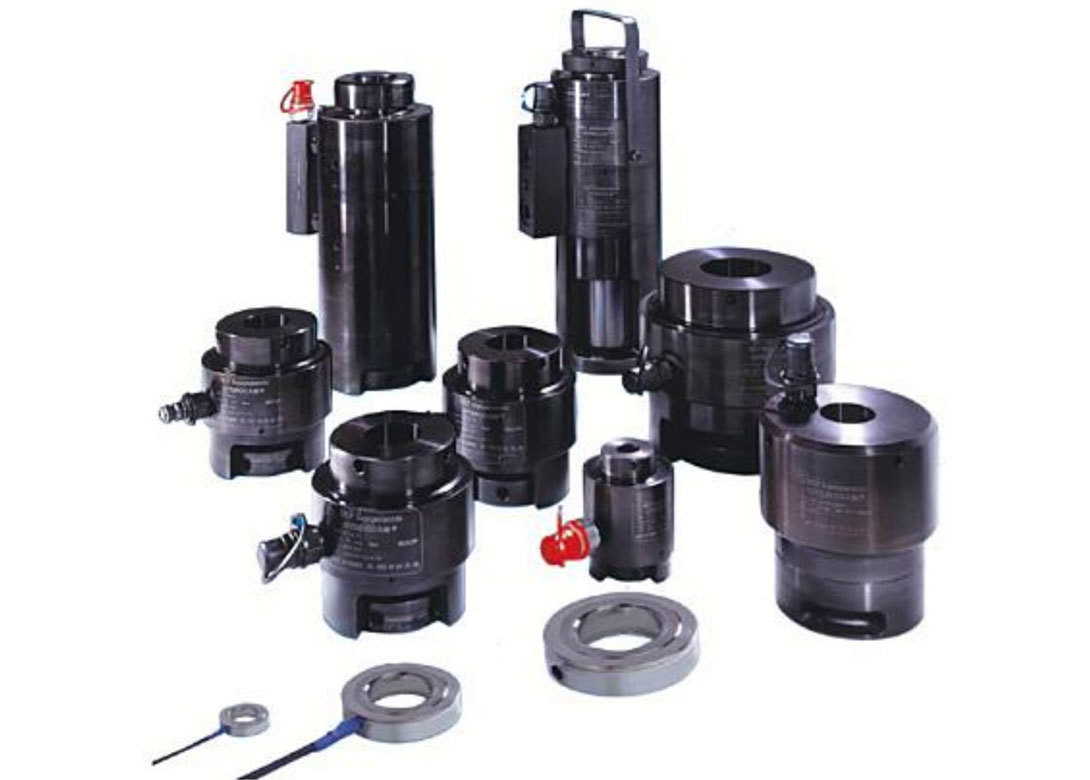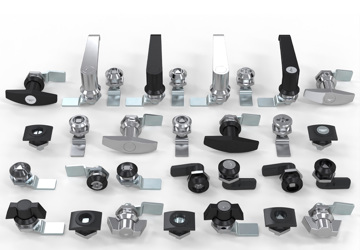

HYDROCAM hydraulically operated bolt tensioners from SKF Group are designed to offer greater accuracy compared with alternative fixing methods, by removing the uncertainty over the performance and long-term reliability of couplings.
SKF explains that using HYDROCAM bolt tensioners saves time and reduces risks, with their superior control and safety. Damage to bolts and associated structures can also be avoided, as well as faster installation, optimised operation of equipment, and minimal maintenance needs.
Across industry, bolted assemblies can present significant challenges. Incorrect assembly accounts for around 45% of all fatigue failures, with common problems being insufficient preload, over or under tightening, and misalignment.
Damian Lewis, general manager at Pilgrim, part of the SKF Group, said - “Conventional methods for tightening bolts use torque, applied by hand or torque tools. These methods can damage threads and flange faces, leading to remachining and added downtime. The bolts may also become loose over time and need retightening.”
HYDROCAM tensioners overcome these problems by axially stretching bolts and studs, using a pre-determined residual load to create a high integrity fixing, which can be mounted and dismounted quickly and safely without damage. HYDROCAM tensioners can also be supplied as a single tool or incorporated into a multi-tensioner for homogenous tightening. In most applications they are intended to be reused with multiple fittings but can also be permanently incorporated into the nut assembly.
Damian Lewis concludes, “HYDROCAM tensioners ensure consistent, safe and precise bolt assembly and fastening. They are simple to use, eliminate the risk of errors and save engineers throughout industry considerable time, effort and cost.”
HYDROCAM tensioners are manufactured by Pilgrim, a fully owned SKF company. They are supplied ready for use with a tensioner unit, power pack and all relevant fittings. The power pack can also be hydraulically, electrically or hand operated, depending on the user’s preference.





